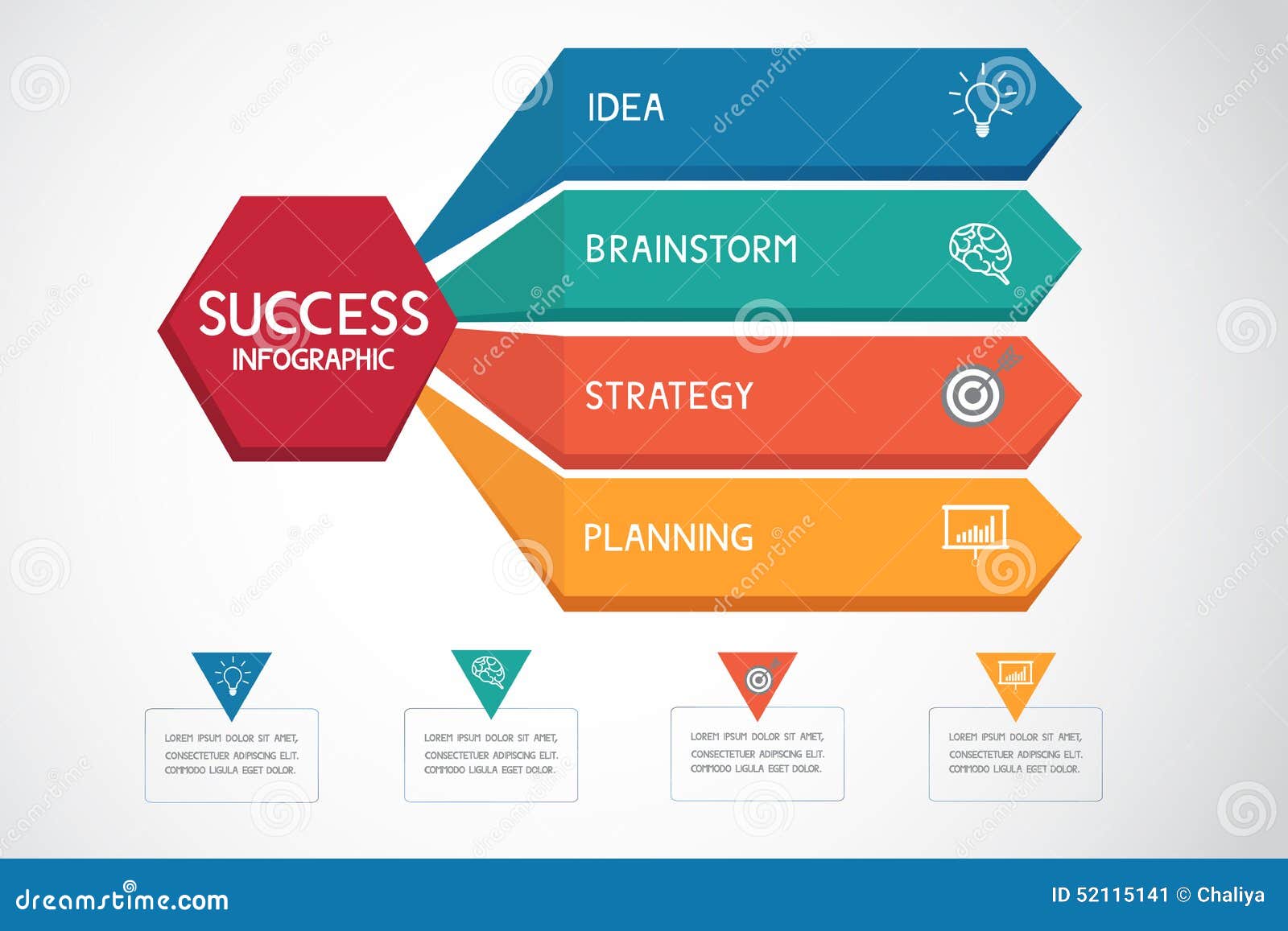Site Style: A Trip With Time.From Humble Starts To Modern-Day Wonders, Web Site Style Has Gone Through A Substantial Improvement Throughout The Years
Site Style: A Trip With Time.From Humble Starts To Modern-Day Wonders, Web Site Style Has Gone Through A Substantial Improvement Throughout The Years
Blog Article
Produced By-Monroe Dodson
In the past, web sites were basic and focused on details. Navigating was direct, and layout was for desktop computers. Currently, individual experience is vital. Data guides layouts for easy navigating. Responsive layouts fit different gadgets. Today, dark setting minimizes pressure, and minimal menus enhance navigating. Interactive attributes involve customers, and strong visuals stick out. AI integration boosts involvement. See just how layout has actually developed to boost your on-line journey.
Very Early Days of Web Design
In the very early days of website design, simpleness reigned supreme. Web sites were fundamental, with minimal shades, typefaces, and layouts. The focus was on supplying info rather than flashy visuals. Customers accessed the net with slow dial-up links, so speed and capability were essential.
Navigating menus were straightforward, commonly located on top or side of the web page. https://onpageseoservices61605.theobloggers.com/35992676/wanting-to-increase-your-brand-s-on-line-presence-and-achieve-electronic-marketing-success-our-expert-services-can-aid-you-unlock-the-key-to-transforming-your-organization-and-taking-it-to-new-heights were designed for computer, as mobile browsing had not been yet prevalent. Material was king, and designers prioritized simple readability over complicated style components.
HTML was the key coding language used, and developers had to function within its constraints. Animations and interactive features were very little compared to today's standards. https://www.forbes.com/sites/forbesagencycouncil/2022/07/01/scaling-e-commerce-seo-tips-for-growth/ were fixed, with little vibrant content or tailored individual experiences.
Surge of User-Focused Style
With the advancement of site layout, a change towards user-focused style principles has actually come to be increasingly prominent. Today, developing websites that focus on user experience is essential for engaging site visitors and accomplishing organization goals. User-focused design involves understanding the demands, choices, and habits of your target market to tailor the site's format, material, and includes accordingly.
Designers now perform complete research, such as customer surveys and use testing, to gather insights and comments directly from users. This data-driven technique assists in producing intuitive navigation, clear calls-to-action, and visually attractive interfaces that resonate with visitors. By putting the user at the facility of the style process, web sites can provide a more personalized and delightful experience.
Receptive design has likewise emerged as a key aspect of user-focused style, making sure that websites are enhanced for different gadgets and screen dimensions. This adaptability improves availability and usability, satisfying the diverse methods individuals communicate with internet sites today. Essentially, the increase of user-focused style signifies a change in the direction of producing digital experiences that prioritize the needs and assumptions of completion customer.
Modern Trends in Website Design
Explore the current fads forming website design today. One prominent trend is dark setting design, supplying a streamlined and modern-day look while minimizing eye pressure in low-light atmospheres. https://what-are-seo-plugins85172.blog2news.com/30475609/choosing-the-appropriate-resident-seo-company-for-your-company is minimal navigation, simplifying food selections and enhancing user experience by focusing on essential elements. Including micro-interactions, such as computer animated switches or scrolling results, can develop an extra appealing and interactive website. Responsive design remains essential, making certain seamless user experiences throughout different devices. Additionally, making use of vibrant typography and asymmetrical layouts can include aesthetic passion and draw attention to particular web content.
Incorporating AI innovation, like chatbots for consumer support or tailored recommendations, boosts individual involvement and simplifies processes. Ease of access has also come to be a considerable fad, with developers focusing on inclusive design practices to cater to varied user needs. Accepting sustainability by optimizing web site efficiency for speed and performance is another arising pattern in website design. Collaborating with individual feedback and information analytics to iterate and boost design continually is essential for staying appropriate in the ever-evolving digital landscape. By embracing these modern-day patterns, you can develop a visually enticing, user-friendly web site that reverberates with your audience.
Final thought
As you assess the advancement of internet site style from the early days to currently, you can see just how user-focused style has actually come to be the driving force behind contemporary patterns.
Embrace the journey of change and adaptation in website design, constantly maintaining the user experience at the forefront.
Stay present with the current fads and technologies, and never ever quit advancing your technique to develop aesthetically spectacular and user-friendly websites.
Advance, adjust, and create - the future of web design remains in your hands.
